|
I was in our booth in Milwaukee last year when I realized we were the best publisher in higher education for mathematics content below calculus. Why? We have the best books, the best service, the best integration of print and digital, and the most reasonable prices. And I can prove it: Imagine if every instructor using MyMathLab woke up tomorrow and found out they could change to an XYZ Textbook book, and still use MyMathLab. Within a year all of our book would be best sellers. It's not because MyMathLab is better than the online homework systems available with our books, it is because people are entrenched in the Pearson system; most of them don't even think about changing. If you are using MyMathLab for all your developmental math and precalculus courses, why would you? It takes a lot of work to change systems. But if you could use MyMathLab with our Turner Elementary Algebra book, most people would at least look at the Turner book. When that happens we usually get the business.
Remember, we are the only publishing company in higher education mathematics, created and run by someone with over 30 years in higher education classrooms. We want our students to be successful; everything we do with our content is for that purpose. I know when I started paying for software. It was in 2003. No one announced it, I noticed its effect on my royalty statement. It was one book that had a net price drop on the royalty statement of around $10, but the actual price of the book students bought had actually increased. When I contacted the royalty department, they knew all about it. They even had a name for it - Value Added. If something was packaged with a book it fell under the category of Value Added. The book became a package that included the book and software, quick start guides, and other items. Each of the additional items were called Value Added, and each of the items was assigned a value. The textbook price became the price of the package, but royalties were only paid on the textbook portion of the package price. In other words, software was added an a Value Added item, but no royalties were paid on it. I told them I never agreed to this and, to their credit, they corrected all the royalty statements. But I wonder how many other Cengage authors are unaware that this is a common practice with Cengage. And I wonder if this is happening across the board with the new Cengage Unlimited pricing model.
 I am in a book group that doesn't read books over 250 pages. That's why we call it the Short Attention Span Book Club (SASBC). The group was started in 2012 by my friend Will Jones. We have been meeting every month since then and I have read over 50 books, which is probably 45 more books than i would have read on my own. Will is a former English teacher who loves literature. He started us off with a two-column list of possible books to read. We have expanded the list since then. One column of the list is classics and the other is contemporary titles. (Our current list is below). Some of the books have actually been longer than 250 pages, but not by much. 
Mine is. Or, at least it looks like it is. There is an old adage in business, "If a financial report is too long and too complicated, it could be that someone is trying to hide something." I don't know if anyone is hiding anything, but my royalty statements are very long, complicated, and difficult to understand. For example, below is an illustration of one type of entry where they subtracted $3,750 in royalties with no explanation, other than "adjustment." (Just imagine the CEO of a publishing company getting a pay check with a deduction of $3,750 with no explanation.) :
This happens over 10 times on the statement. There are so many entries like this that I don't know where to start asking questions. But I know something is wrong precisely because there is no explanation. They know where this entry comes from, but they are not sharing it with me. Why not?
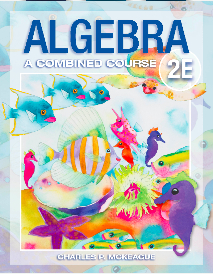 I have always thought that mathematics was a colorful, exciting discipline to study, and I want this reflected in the materials we publish at XYZ Textbooks. Our new Algebra: A Combined Course 2/e is our best example yet. The cover art, and the opening art in each chapter, is from the artist Tracy Taylor. I have knows Tracy for years and I have always admired her beautiful, colorful paintings. So, I asked her if she would be willing to create some art for this book and, happily, she was very receptive to the idea. She came into the office and we explained the themes we were developing for each chapter of the book. She went back to her studio and created a painting for each chapter, specific to the theme in the chapter introduction. It was an amazing and enjoyable process, and I am extremely happy with the results. We will be in San Diego at the AMATYC conference this month, so come by the booth and take a look at our new book, and Tracy's art. I know you will like what you see. We had a family vacation planned with one of our children and three of our grandchildren. I had an idea that we could all read the same book and then discuss it while we were on vacation. So I texted my granddaughter Ava who is in 6th grade.
She responded with this
 Eight of us went on a family vacation to Truckee, California: four adults and four children, and almost everyone read the book before we got there. The book was fantastic. I still think about the main character, Melody, and I hope she is doing well. I know it is fiction, but she must be based on someone, I was surprised by how much fun this was, the level of the discussions, and of the compassion the children possessed. Part of the success of this was that we chose a book they were interested in, rather than one the adults liked. Here is a video with more of the experience: Is your school dropping some of your developmental math courses? In California, the CSU system will eliminate all developmental math courses starting this Fall. But our students have not changed. So, while everyone tries to find a solution, we have some options for you: Our corequisite textbooks can be added on to any textbook you are using. Each corequisite book contains 20 lessons. You can cover them all at the beginning of your course, or you can cover specific lessons when you need them. Each textbook sells for $24 to the student. For more information go to www.xyztextbooks.com. Each corequisite textbook is accompanied by a bootcamp course. Students can access the corresponding bootcamp course for free if they have an All-Access Pass to XYZ Textbooks, or for as little as $20, if they do not have an All-Access Pass. We have three courses running now. Three more will be released by the end of the year, including Bootcamp for Statistics. For more information go to www.xyztextbooks.com.
 I can't help it. Every time I see loose-leaf, shrink-wrapped textbooks, I think of a student pulling out a handfull of pages from their backpack and watching it all blow away in different directions. Their textbook is blowin in the wind. The publishers will tell you that student like these loose-leaf books because they only take what they want to class. It's not true; students don't need to take anything to class. In fact, they can photograph their textbook page on their cell phones and take that to class. We do not need to put up with loose-leaf books, we need lower prices. 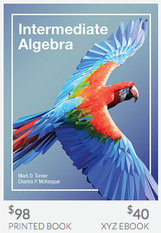 A recent survey indicates that 92% of all college students prefer a print textbook to a digital one. And we know that this is especially true in college level, developmental mathematics. Those of us who teach developmental math know that some of our students do not have adequate internet access at home. The students in rural areas sometime have no internet access. The same is true for some of our low-income students. The advantage to a print textbook is that you can study anywhere. Probably the best solution right now is to have both a print book and an eBook. If you ask the major publishers, they will tell you that students prefer buying an eBook over a print book, and that the difference is increasing every year. Of course that's true; the publishers are the ones the priced their print books out of reach of students. They created the problem and now they are telling us the eBook is the solution.  You should see what we have to offer at XYZ Textbooks before you roll into any new edition. If you are using a textbook that has been on the market for three or four years, there is a good chance your publisher is going to try to move you to the new edition as quickly as possible. They may even give you only a few months to make up your mind. (See the video that accompanies this post for an interesting example of this.) If you are locked into their online homework system, you may just roll into the new edition because it is convenient. Before you do that, you should take a little time and see what we have to offer. And we have some features and applications in our eBooks that no other publishers have. Plus we have the XYZ Promise: No revisions before 5 years, no price increases for the life of the edition. Even if you decide to stay with your current publisher, by taking a look at XYZ Textbooks, you will at least know what the alternatives are. |
Postings
All the posts you see here have been, or will be, posted on my LinkedIn account. If you want to see them as they are released, follow me on LinkedIn: Archives
August 2020
|
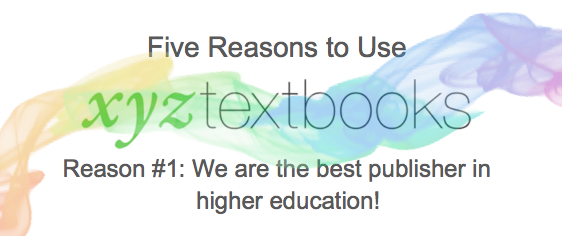
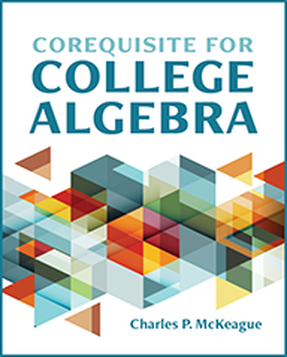
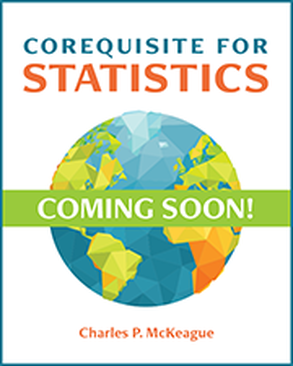
 RSS Feed
RSS Feed